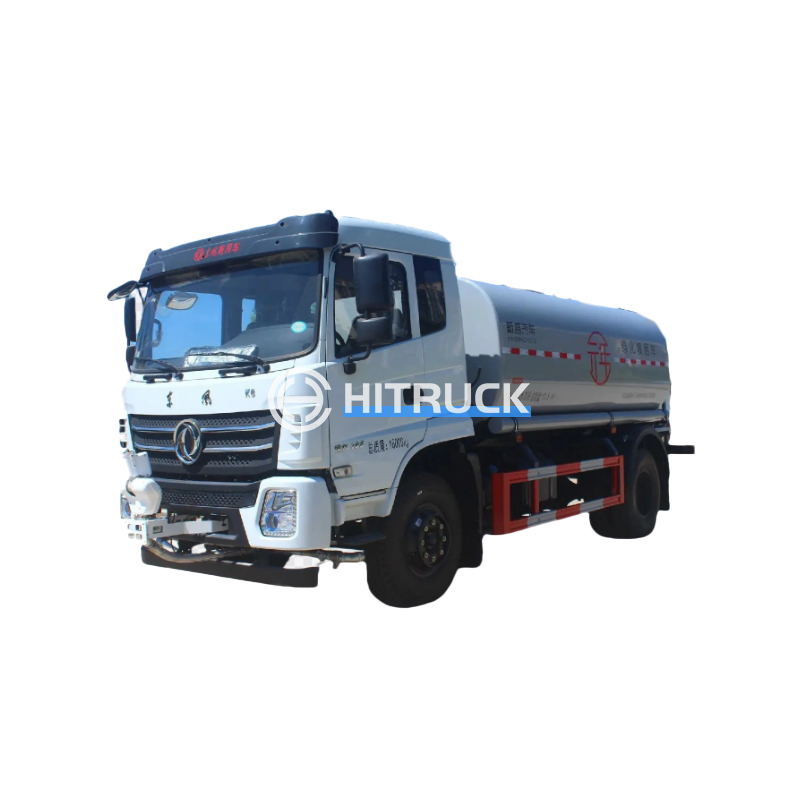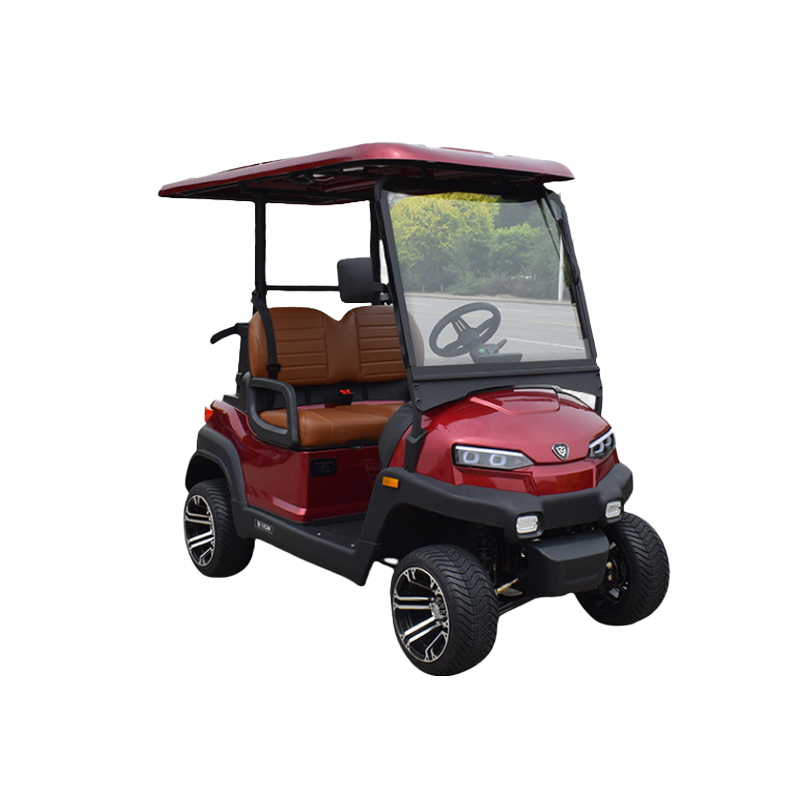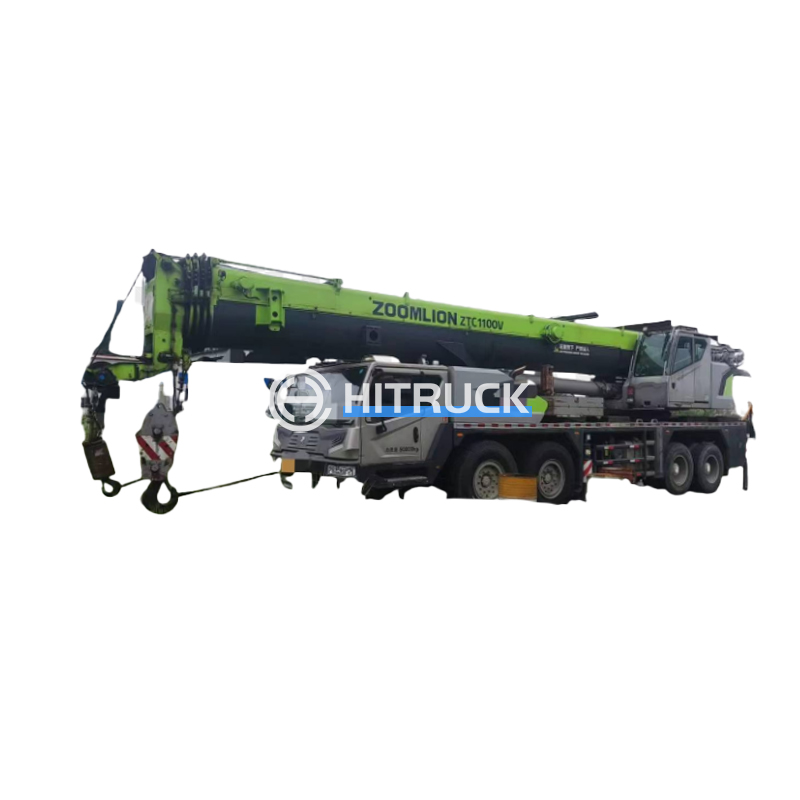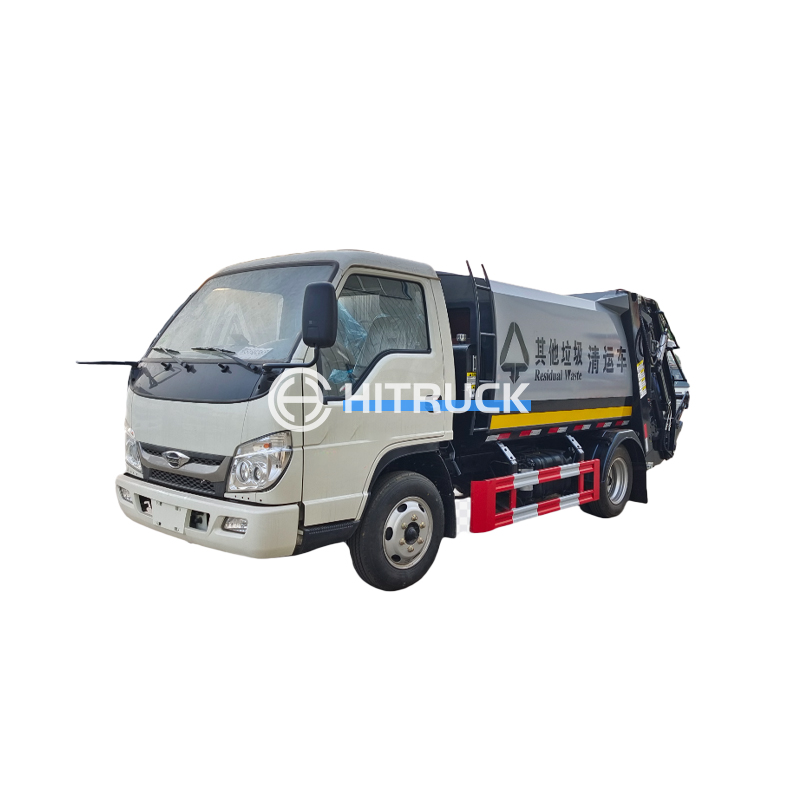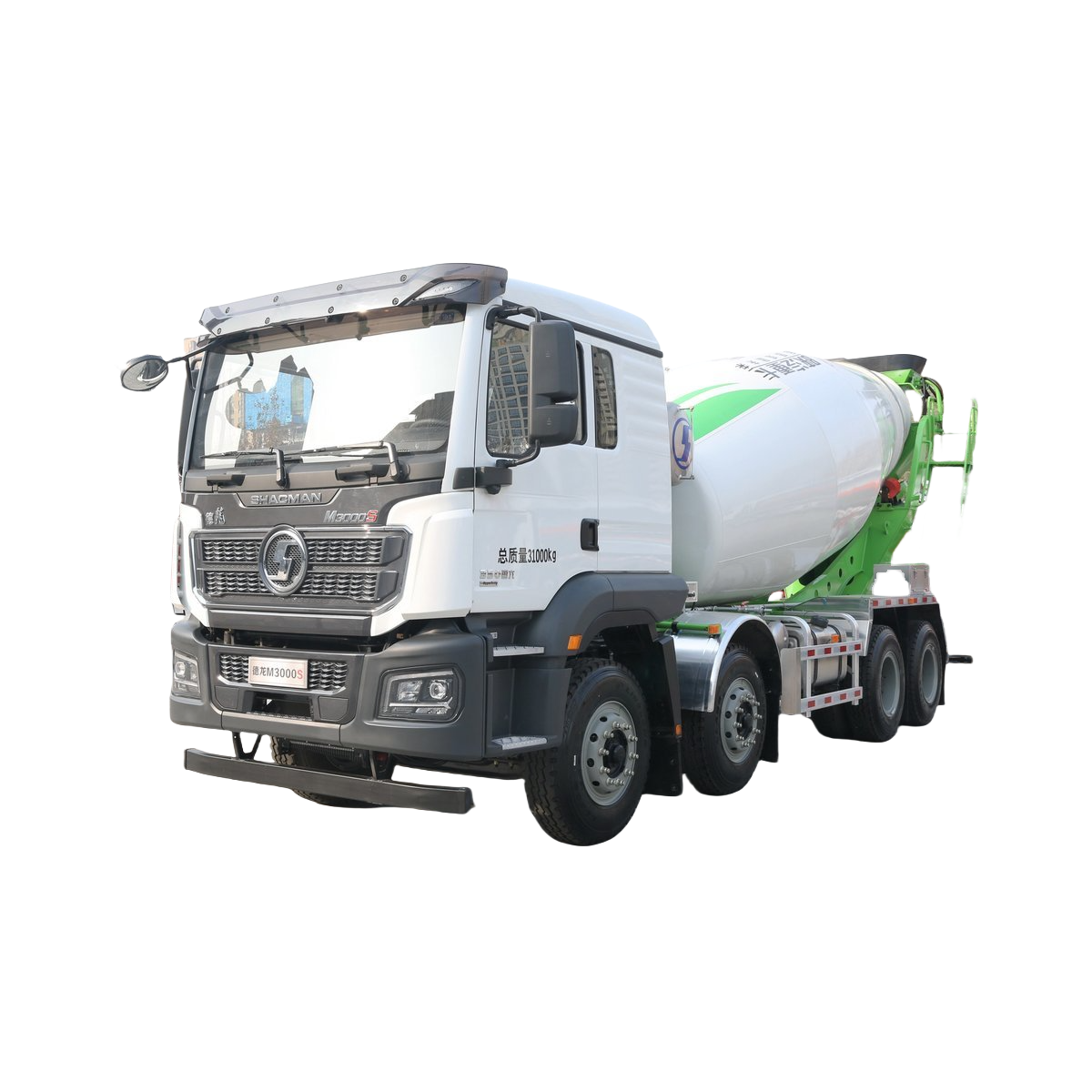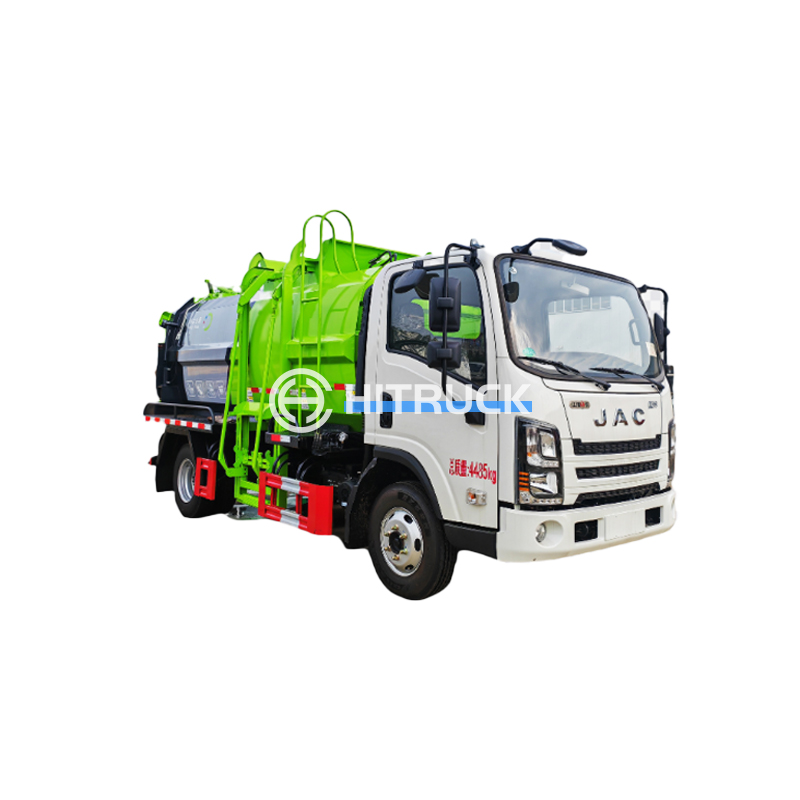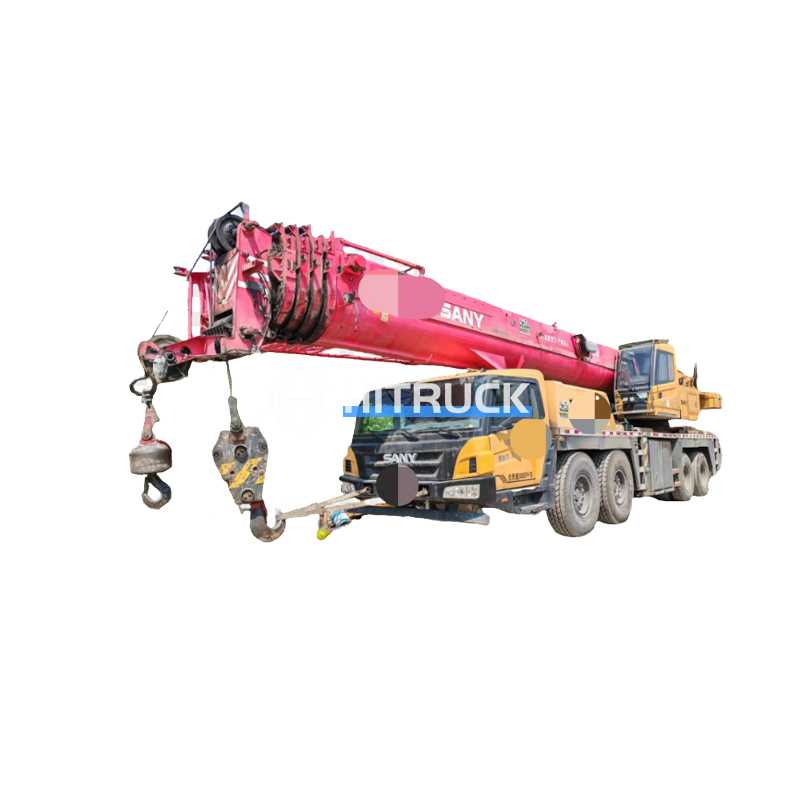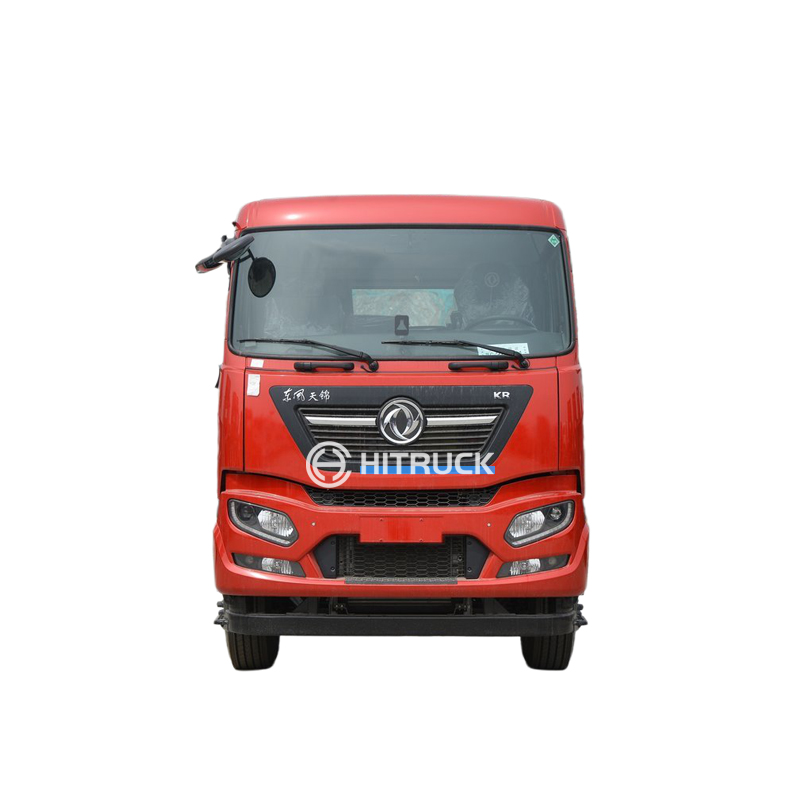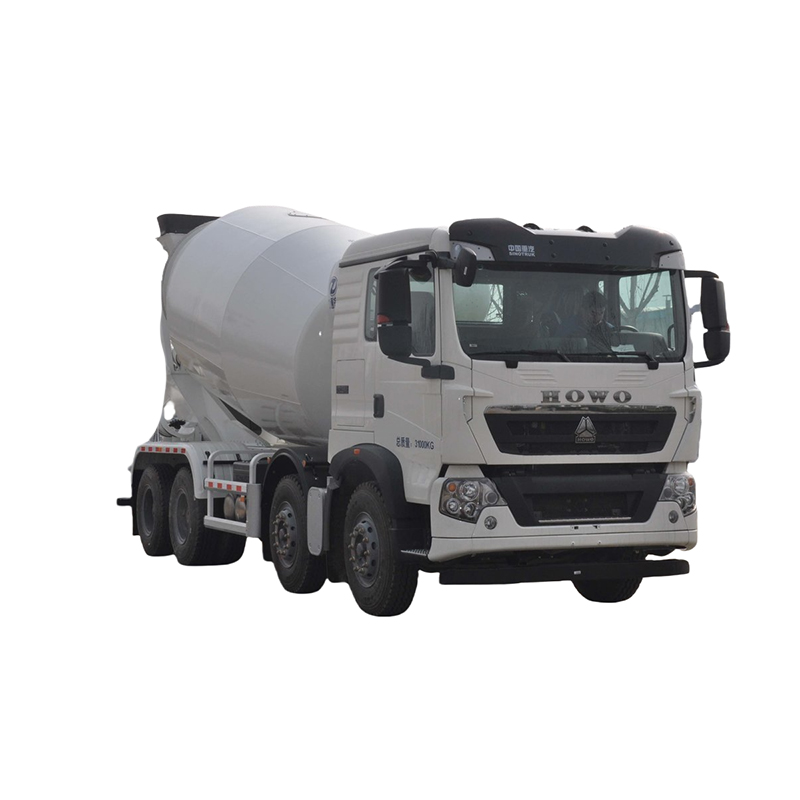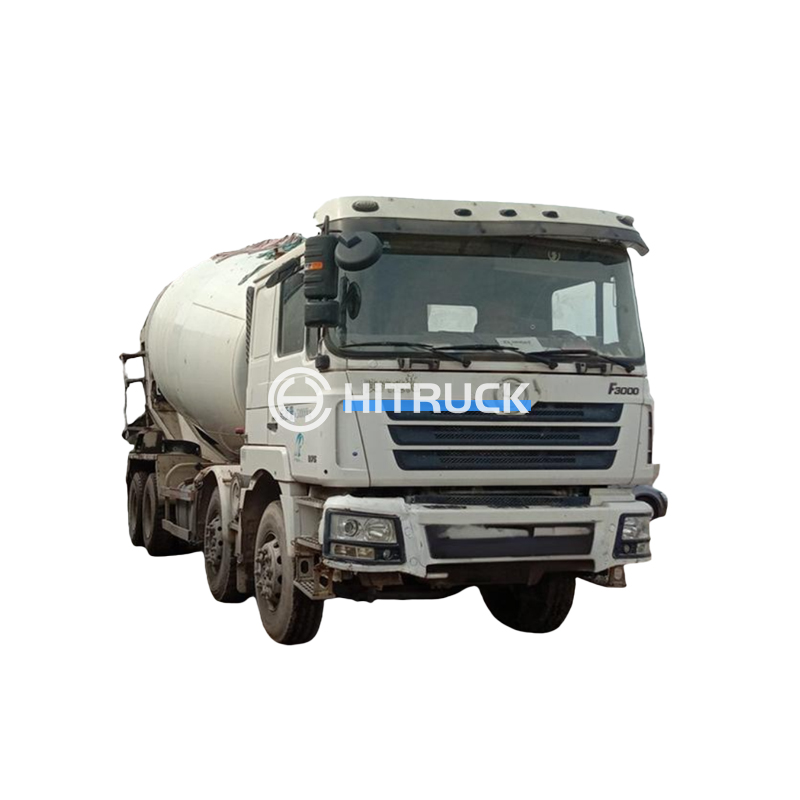This comprehensive guide explores the world of overhead crane hoists, providing essential information for making informed decisions. We'll cover various types, key features, safety considerations, and factors to consider when choosing the optimal hoist for your specific needs. Learn how to select the right overhead crane hoist to enhance efficiency and safety in your operations.
Electric chain hoists are a common choice for many applications. They offer a reliable and efficient method for lifting and moving loads. Their compact design makes them suitable for various spaces, and they are relatively easy to maintain. Key features include variable speed control for precise load handling and overload protection to prevent damage. Consider factors like lifting capacity, lift height, and power supply when selecting an electric chain hoist. Many manufacturers, including those at Suizhou Haicang Automobile sales Co., LTD, offer a wide range of options.
Wire rope hoists are known for their ability to handle heavier loads compared to chain hoists. They're particularly well-suited for applications requiring high lifting capacities and long lift heights. The durability of wire rope makes them ideal for demanding environments. However, wire rope hoists generally require more frequent maintenance compared to chain hoists. When choosing a wire rope hoist, consider the load capacity, duty cycle, and the type of wire rope used.
Air hoists are powered by compressed air, making them ideal for applications in hazardous environments where electricity is a concern. They are known for their compact size and lightweight design, making them easy to maneuver. However, they typically require an external compressed air supply. Factors to consider include the air pressure requirement and the capacity of the air compressor.
This refers to the maximum weight the overhead crane hoist can lift safely. It's crucial to select a hoist with a capacity exceeding your expected load to ensure safe operation. Always refer to the manufacturer's specifications for accurate capacity details.
The lifting height is the maximum distance the hoist can lift the load. Consider the height of your workspace and the dimensions of the load when determining the required lifting height.
The duty cycle indicates the hoist's ability to handle continuous operation. A higher duty cycle implies the hoist can withstand more frequent use without overheating or malfunctioning.
Precise speed control is crucial for safe and efficient load handling. Variable speed control allows for smooth and controlled lifting and lowering of the load, reducing the risk of accidents.
Operating overhead crane hoists requires adherence to strict safety procedures. Regular inspections, operator training, and proper maintenance are essential for safe operation. Always ensure that the load is properly secured and that the hoist is operating within its rated capacity. Always follow the manufacturer's guidelines and safety regulations for your specific hoist model.
Choosing the appropriate overhead crane hoist involves careful consideration of several factors, including the type of load, lifting capacity, lifting height, duty cycle, and the overall work environment. Understanding your specific needs and comparing different hoist models will help you make the most informed decision. Don't hesitate to consult with experts or refer to online resources such as manufacturer websites for detailed specifications and guidance. Proper selection ensures efficient operations and minimizes safety risks.
| Feature | Electric Chain Hoist | Wire Rope Hoist | Air Hoist |
|---|---|---|---|
| Lifting Capacity | Generally lower | Generally higher | Moderate |
| Maintenance | Relatively easy | More frequent | Moderate |
| Power Source | Electricity | Electricity | Compressed Air |
Remember to always consult the manufacturer's specifications and safety guidelines for your specific overhead crane hoist model. Safe operation is paramount.

